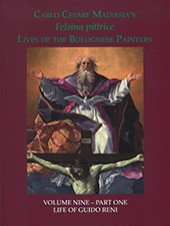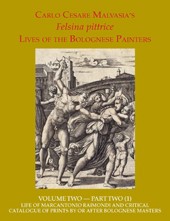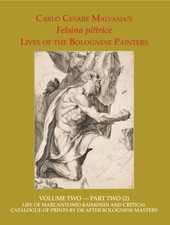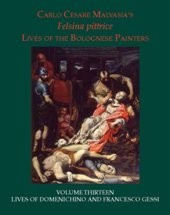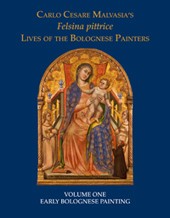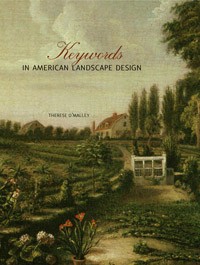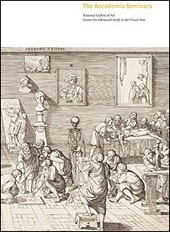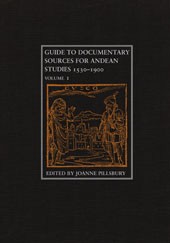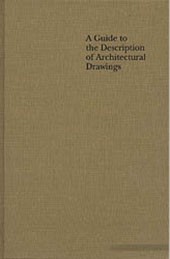Celebrated by Malvasia as the creator and promoter of the new maniera moderna, Guido Reni (1575–1642) introduces the fourth age of painting: a period marked by an original and sometimes bold elaboration of the notion of artistic perfection developed by the Carracci and embodied more specifically by Ludovico’s "synthesis of styles." Art in Italy could have declined once again after the deaths of the Carracci, but thanks to Guido and Domenichino, Francesco Albani and Guercino, painting is restored to its full blossoming, and, as a result, the Carracci lesson spreads and triumphs throughout Italy.
In assessing Guido’s role in promoting this artistic vanguard, Malvasia finds himself in a theoretical impasse. On the one hand, he cannot resist his infatuation with Guido’s work. Endowed with spellbinding powers, Guido’s paintings constitute the greatest luxury of modernity insofar as they reflect an endless search for aesthetic refinement and transcendental beauty both in the representation of the human body and in the orchestration of light, color, and impasto. On the other hand, Malvasia balks at embracing Guido’s "last manner." In Malvasia’s eyes, Guido’s final production is both exceedingly sophisticated and tainted by its very sophistication: delicacy verges on feebleness, transcendence coalesces into purposeless abstraction, divine vision engenders incompleteness, and sprezzatura turns into apparent negligence. Furthermore, for Malvasia Guido is both a paragon of virtue and the self-indulgent victim of the gambling demon. With acuity, Malvasia praises Guido the money maker, the self-confident artist able to overhaul the mechanisms of the art market by exponentially increasing the value of painting. And yet, Malvasia cannot help but condemn Guido the money squanderer, the indebted painter who gambles away his reputation and jeopardizes the quality of his sublime output.
Illustrated with numerous color images, these two volumes provide a critical edition and annotated translation of Malvasia’s life of Guido. Based on a radical reassessment of the historical documentation and a profound investigation of Malvasia’s art criticism, these volumes offer the most thorough treatment to date of the artist’s work.
